SUSTech.
Researchers succeeded in a 3D printing strategy to construct flexible and stretchable light-emitting devices that can be integrated with soft robots.
SUSTech.
Researchers succeeded in a 3D printing strategy to construct flexible and stretchable light-emitting devices that can be integrated with soft robots.
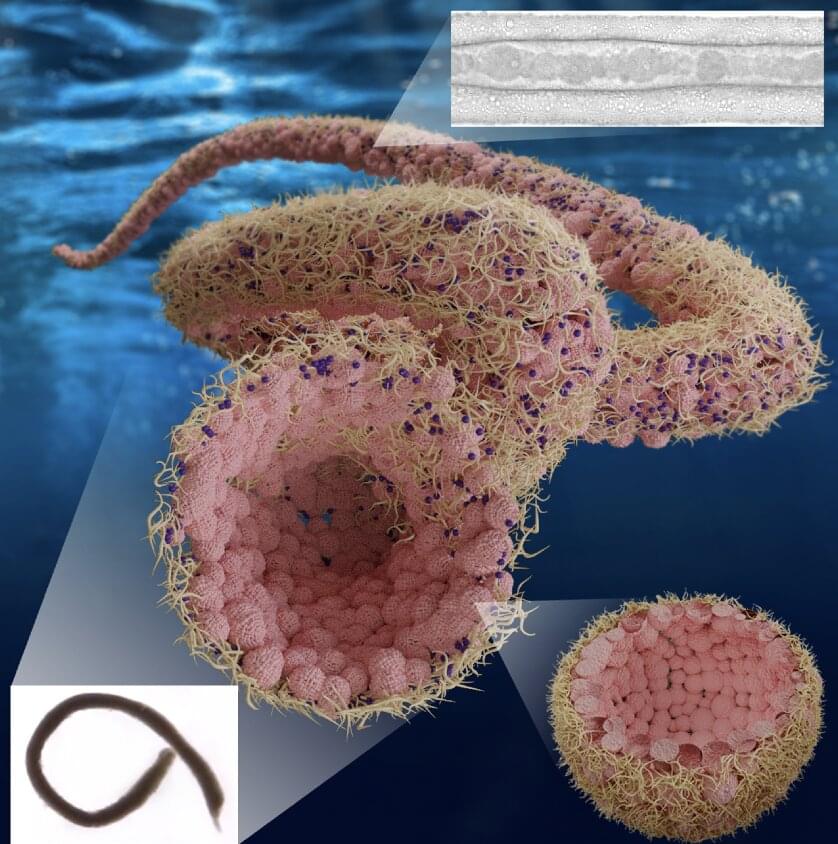
In recent years, roboticists have developed a wide variety of robotic systems with different body structures and capabilities. Most of these robots are either made of hard materials, such as metals, or soft materials, such as silicon and rubbery materials.
Researchers at Hong Kong University (HKU) and Lawrence Berkeley National Laboratory have recently created Aquabots, a new class of soft robots that are predominantly made of liquids. As most biological systems are predominantly made up of water or other aqueous solutions, the new robots, introduced in a paper published in ACS Nano, could have highly valuable biomedical and environmental applications.
“We have been engaged in the development of adaptive interfacial assemblies of materials at the oil-water and water-water interface using nanoparticles and polyelectrolytes,” Ho Cheung (Anderson) Shum, Thomas P. Russell, and Shipei Zhu told TechXplore via email. “Our idea was to assemble the materials that the interface and the assemblies lock in the shapes of the liquids. The shapes are dictated using external forces to generate arbitrary shapes or to use all-liquid 3D printing to be able to spatially organize the assemblies.”

3D printing technology continues to add innovations to the scientific world day by day. The Southern University made a new development in 3D printing technology this time of Science and Technology.
Researchers succeeded in a 3D printing strategy to construct flexible and stretchable light-emitting devices that can be integrated with soft robots.
SUSTech is constantly adapting, attracting more and more young students with its constantly burgeoning range of programs and opportunities for research for all levels of study.
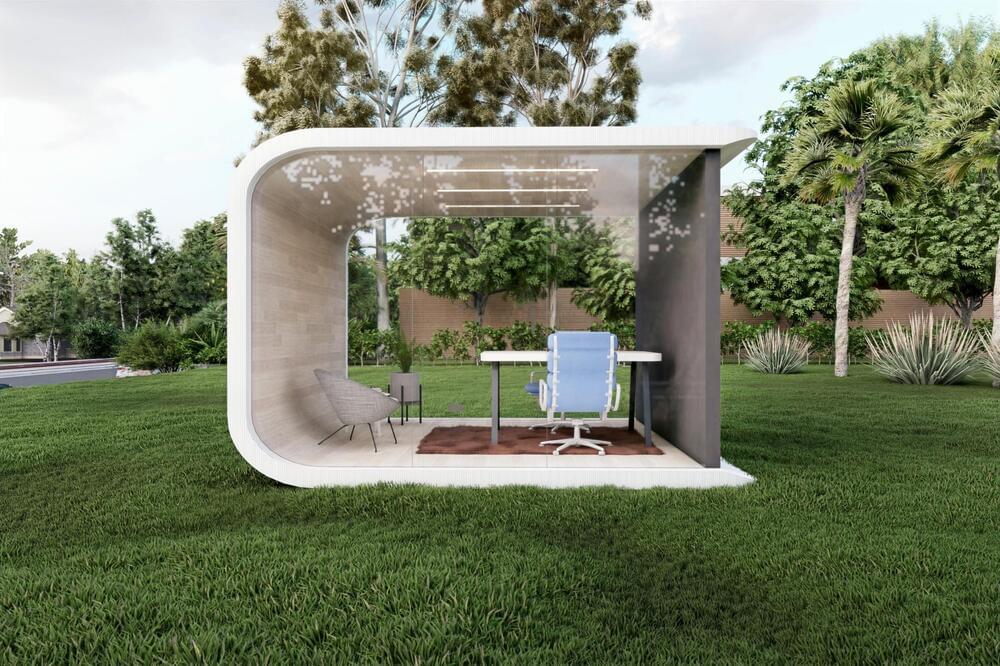
And their method is faster, cheaper, and more sustainable.
Recently, many projects have been carried out using recyclable materials for sustainability. One of these projects was implemented by the Los Angeles-based architectural startup Azure.
Azure is using recycled plastic to 3D print prefab homes. The startup is now selling many house models ranging from a backyard studio to a two-bedroom ADU.
Azure is reshaping the way we build Homes, ADUs and Backyard Studios and Sheds by bringing 3D printing technology and recycled materials together to create truly sustainable living in a modern and beautiful design.

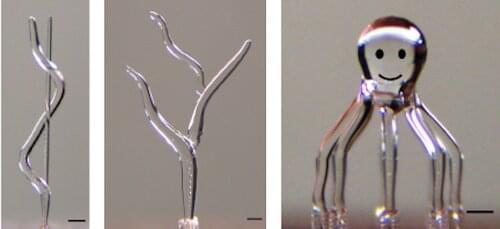
Big scientific breakthroughs often require inventions at the smallest scale. Advances in tissue engineering that can replace hearts and lungs will require the fabrication of artificial tissues that allow for the flow of blood through passages that are no thicker than a strand of hair. Similarly, miniature softbotic (soft-robot) devices that physically interact with humans safely and comfortably will demand the manufacture of components with complex networks of small liquid and airflow channels.
Advances in 3D printing are making it possible to produce such tiny structures. But for those applications that require very small, smooth, internal channels in specific complex geometries, challenges remain. 3D printing of these geometries using traditional processes requires the use of support structures that are difficult to remove after printing. Printing these models using layer-based methods at a high resolution takes a long time and compromises geometric accuracy.
Researchers at Carnegie Mellon University have developed a high-speed, reproducible fabrication method that turns the 3D printing process “inside out.” They developed an approach to 3D print ice structures that can be used to create sacrificial templates that later form the conduits and other open features inside fabricated parts.
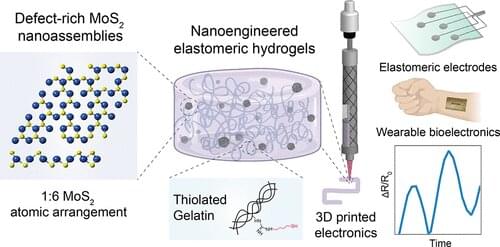
Flexible electronics have enabled the design of sensors, actuators, microfluidics and electronics on flexible, conformal and/or stretchable sublayers for wearable, implantable or ingestible applications. However, these devices have very different mechanical and biological properties when compared to human tissue and thus cannot be integrated with the human body.
A team of researchers at Texas A&M University has developed a new class of biomaterial inks that mimic native characteristics of highly conductive human tissue, much like skin, which are essential for the ink to be used in 3D printing.
This biomaterial ink leverages a new class of 2D nanomaterials known as molybdenum disulfide (MoS2). The thin-layered structure of MoS2 contains defect centers to make it chemically active and, combined with modified gelatin to obtain a flexible hydrogel, comparable to the structure of Jell-O.

Engineers have created intelligent 3D printers that can quickly detect and correct errors, even in previously unseen designs, or unfamiliar materials like ketchup and mayonnaise, by learning from the experiences of other machines.
The engineers, from the University of Cambridge, developed a machine learning algorithm that can detect and correct a wide variety of different errors in real time, and can be easily added to new or existing machines to enhance their capabilities. 3D printers using the algorithm could also learn how to print new materials by themselves. Details of their low-cost approach are reported in the journal Nature Communications.
3D printing has the potential to revolutionize the production of complex and customized parts, such as aircraft components, personalized medical implants, or even intricate sweets, and could also transform manufacturing supply chains. However, it is also vulnerable to production errors, from small-scale inaccuracies and mechanical weaknesses through to total build failures.
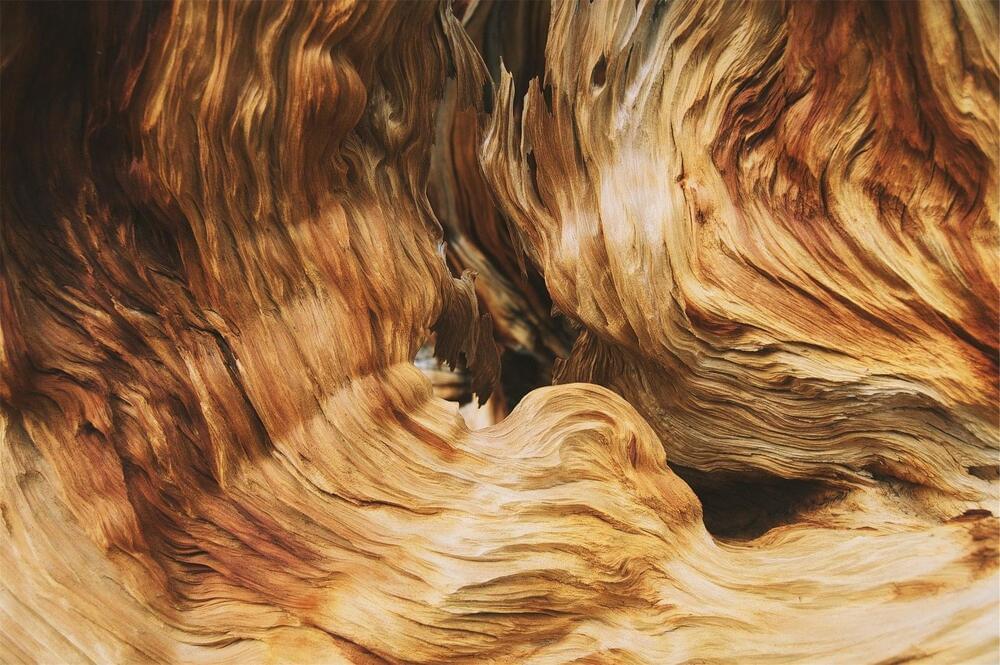
MIT researchers have developed a method for 3D printing materials with tunable mechanical properties, which can sense how they are moving and interacting with the environment. The researchers create these sensing structures using just one material and a single run on a 3D printer.
To accomplish this, the researchers began with 3D-printed lattice materials and incorporated networks of air-filled channels into the structure during the printing process. By measuring how the pressure changes within these channels when the structure is squeezed, bent, or stretched, engineers can receive feedback on how the material is moving.
These lattice materials are composed of single cells in a repeating pattern. Changing the size or shape of the cells alters the material’s mechanical properties, such as stiffness or hardness. For instance, a denser network of cells makes a stiffer structure.

3D printed material:
MIT researchers manufactured objects made of flexible plastic and electrically conductive filaments. Some varieties of 3D-printed objects can now feel, using a new technique that builds sensors directly into their materials. 3D printing can be considered printing, although not as it’s traditionally been defined. The method opens opportunities for embedding sensors within architected materials, a class of materials whose mechanical properties are programmed through form and composition.
The researchers also created 3D editing software, known as MetaSense, to help users build interactive devices using these metamaterials. The new technique 3D-prints objects made from metamaterial substances made of grids of repeating cells. It was designed to conform to a person’s hand. When a user squeezes one of the flexible buttons, the resulting electric signals help control a digital synthesizer.